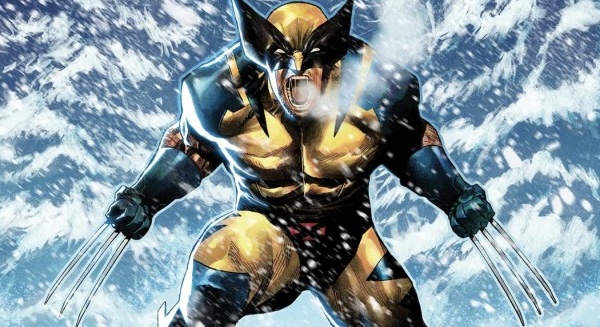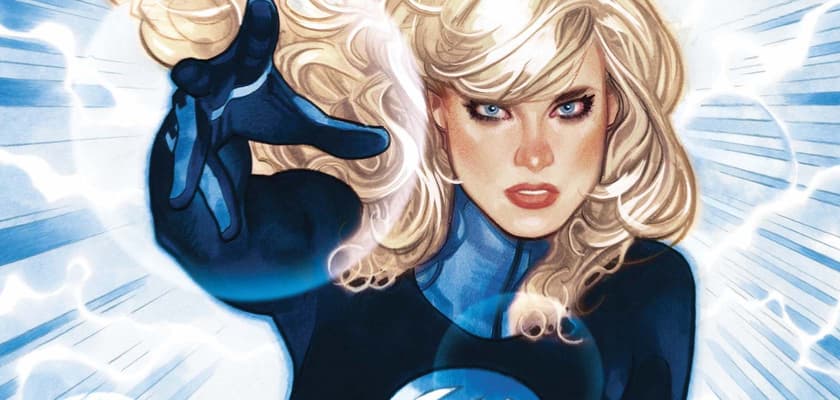So, you have decided to collect comic books? Me personally, I love the hobby. It’s a never-ending search for your favorite characters, artists, writers, publishers, key comics and grail pieces. With the ever-growing popularity of using comics/ graphic novels as movies, television shows, audio books, video games. Comic books have made a huge impact on today’s culture.
Starting Your Collection:
There’s no perfect time to start with the constant changes, reboots, and storylines. Begin by narrowing down the characters you love, often depicted on screen accurately. Popular figures like Batman, Superman, Wonder Woman, Spiderman, Ironman, Captain America, Wolverine, and Thor, thanks to their movie success, are good starting points. Publishers usually assign their best artists and writers to these iconic characters.
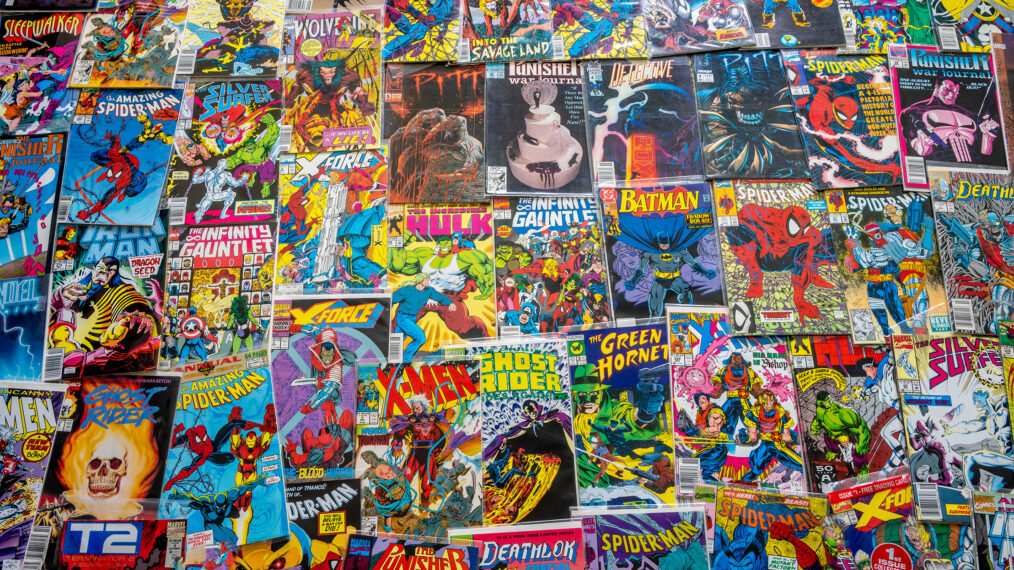
Understanding Publishers:
Choose your publisher wisely, as characters tend to interact within the same “universe.” Publishers often weave crossover events into character titles, creating an expansive world for collectors.
Distinguish between major comic book publishers:
Marvel Comics: Home to Spiderman, X-Men, Avengers, with a focus on down-to-earth characters and New York City settings.
DC Comics: Superman, Batman, Wonder Woman, Justice League, featuring god-like characters, strength, and ties to mythology, with a penchant for space themes.
Independent Companies: Explore indie realms with Image Comics (Spawn, Invincible), Dark Horse (Hellboy), and IDW (Sonic the Hedgehog, TMNT, Godzilla).

Getting Started:
Visit your local hobby or comic book store and inquire about a pull system, ensuring your preferred issues are set aside for you. Comics release on Wednesdays, and a magazine called PREVIEWS can help you plan your purchases. If budget constraints exist, consider trade paperbacks or graphic novels for a cost-effective approach.
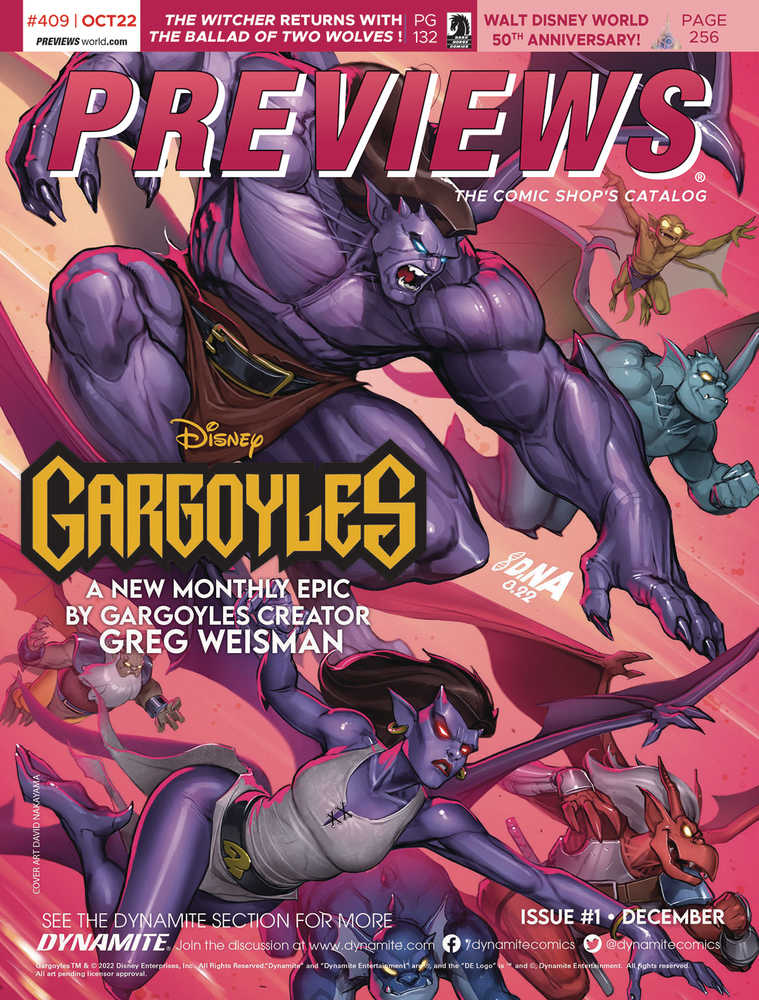
Patience in Connecting to Characters:
There is some patience with connecting to a character. Usually, it won’t happen with one issue. Give it at least the first story arch to see if it’s something you want to continue on with or explore something else. The big-name characters tend to have multiple books. Superman for example has Action Comics, Superman, Adventures of Superman, Superman/Batman etc. If you don’t like the one story in one title, at least there’s options.

Handling Your Comics:
Proper handling is crucial for grading and preservation. Be cautious when removing or inserting a comic into a bag, handle it in the palm of your hand, wash your hands or use gloves, and turn pages carefully to avoid spine stresses and tics.
Once you have everything figured out, make sure that you buy a comic box to store them in. If you are only getting a few books a month. A small box will be the way to go. If you are collecting multiple titles, then stick with a long box or a variation of one.
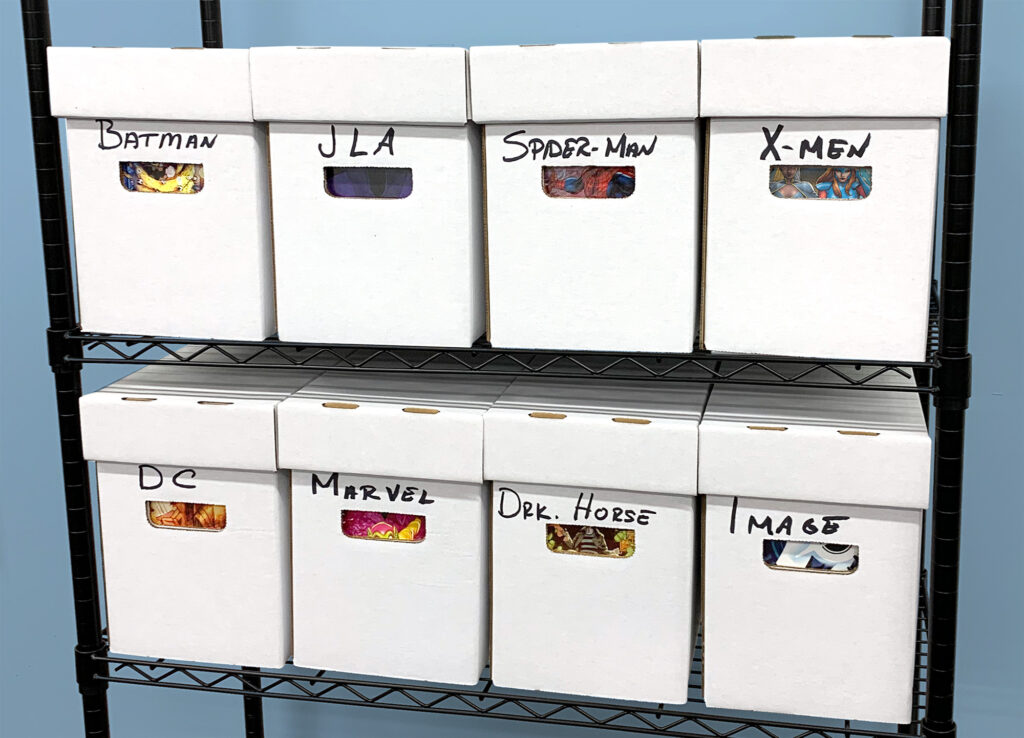
Understanding Comic Book Grading:
Comic book condition grades are standardized terms used by collectors and sellers to describe the physical condition of a comic book. The condition of a comic greatly affects its value, and various grading systems help establish a common language for assessing a comic’s state. The most widely recognized grading system is from the Certified Guaranty Company (CGC), but other grading companies and individual sellers may use similar terminology. Here are the main condition grades:
Mint (MT or 10.0):The comic is flawless, showing no signs of wear, handling, or defects. This grade is exceedingly rare.
Near Mint (NM or 9.8):Almost perfect with only minor imperfections, such as barely noticeable stress lines on the spine.
Very Fine (VF or 9.0):Slightly more wear than Near Mint, with small flaws like minor creases and some spine stress.
Fine (FN or 7.0-8.0):Moderate wear but still an attractive copy. There might be noticeable creases, but the overall appearance is pleasing.
Very Good (VG or 4.0-6.0):Shows significant wear, with creases, some discoloration, and possibly small tears. Still, it’s structurally sound.
Good (GD or 1.8-3.0):Well-worn with considerable defects. Pages might be yellowed, and the cover could have substantial creases and tears.
Fair (FR or 1.0-1.5):Heavily worn with major defects. The comic might be complete but in poor condition.
Poor (PR or 0.5):Barely readable and in extremely poor condition. Usually missing pages, cover, or both.
Keep in mind that grading can be subjective, and different grading companies may have slight variations. Additionally, individual sellers may use their own descriptions, so it’s crucial to understand the grading scale used when purchasing or evaluating comic books.

Hunting Beyond Comic Book Shops:
Explore flea markets, garage sales, thrift stores, and antique shops for older key issues or series that you may not have come across before. You might stumble upon hidden treasures, me personally I’ve come across multiple 1st appearances.
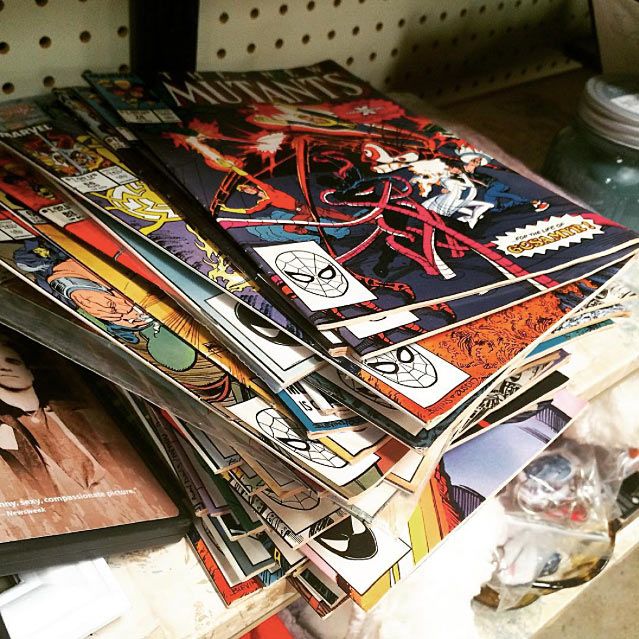
Starting your comic book collection may feel overwhelming initially, but with time, you’ll find your niche. My personal journey led me from the “Death of Superman” to Spawn, then back to Marvel and DC, occasionally delving into the realm of independent comics. Once you have your preferences figured out, invest in a suitable comic box for storage, whether a small box for a few books or a long box for multiple titles. Happy collecting, and may your collection be as epic as the stories it holds!


